The Designation of the Buffalo River
In the mid-20th century, efforts to preserve the Buffalo River in Arkansas gained momentum. With plans to dam the river for hydroelectric power, local residents, environmentalists, and political leaders united in a passionate conservation movement. They recognized the river’s unique ecological and recreational value. Consequently, their collective efforts led to the designation of the Buffalo River as America’s first national river in 1972. This historic decision ensured the preservation of its free-flowing state and natural beauty for future generations.
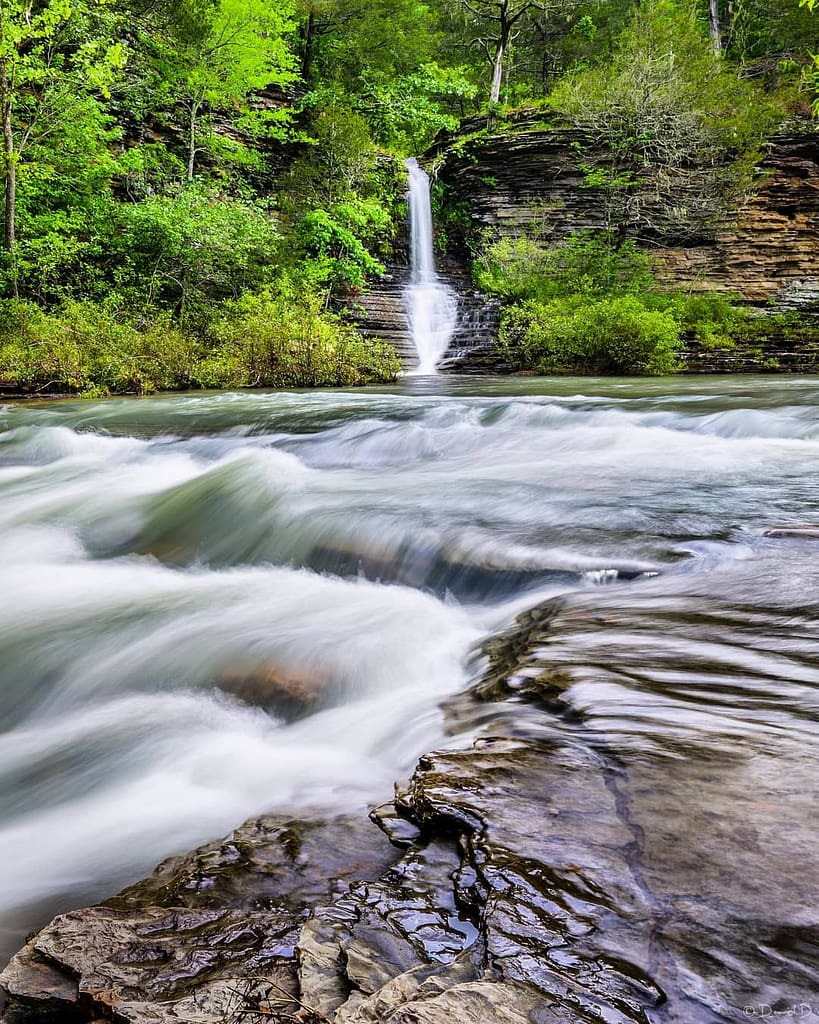
Photo by Our Buffalo River
The designation of the Buffalo River as a national river marked a significant milestone in American conservation history. It highlighted the power of grassroots advocacy and the importance of protecting natural resources. As a result, the Buffalo National River stands today as a symbol of successful conservation, drawing visitors who appreciate its unspoiled landscapes and diverse recreational opportunities. The river’s preservation serves as a reminder of the enduring impact of dedicated conservation efforts.
The Buffalo National River gained recognition as a National Scenic and Wild River in May 1992, underscoring its environmental and cultural significance. Conservationists and local advocates played a crucial role by highlighting the river’s unique attributes, including its free-flowing waters, towering limestone bluffs, and rich biodiversity. Their unwavering efforts prompted the federal government to act, granting the river protection under the Wild and Scenic Rivers System. As a result, this designation not only ensured the preservation of the Buffalo’s natural beauty but also reinforced the broader importance of safeguarding America’s untouched waterways. Today, this river continues to enchant visitors, standing as a testament to successful conservation initiatives in the Ozark region.
Buffalo National River Impact
The Buffalo National River has significantly impacted local communities in Arkansas. By preserving its natural state, the river has fostered a thriving tourism industry. Businesses such as lodges, restaurants, and outfitters have flourished, providing economic opportunities and employment for residents. Additionally, the influx of visitors has led to the development of infrastructure and amenities, enhancing the quality of life in surrounding areas.
Environmental conservation efforts linked to the Buffalo National River have also brought numerous benefits. The protection of the river’s ecosystem has maintained water quality and preserved habitats for diverse wildlife species. Local communities have embraced sustainable practices to ensure the river’s health, fostering a culture of environmental stewardship. Educational programs and initiatives have raised awareness about the importance of conservation, inspiring residents and visitors to actively participate in preserving the natural beauty of the area.
Socially, the Buffalo National River has strengthened community bonds. Recreational activities such as hiking, canoeing, and fishing have become popular pastimes, encouraging families and friends to spend time together outdoors. The river serves as a gathering place for events, festivals, and celebrations, fostering a sense of unity and pride among residents. Overall, the Buffalo National River has had a profound and positive impact on local communities and the surrounding areas, enhancing both the economic and social fabric of the region.
The Buffalo National River Journey
The Buffalo National River begins its 153 mile journey in the Boston Mountains of the Ozarks, near the town of Boxley. Emerging as a small, crystal-clear stream, it quickly gathers strength from various tributaries. Flowing northeast, the river cuts through dense forests and rugged terrain, showcasing stunning limestone bluffs and numerous waterfalls. The headwaters, characterized by their pristine beauty, set the stage for the river’s remarkable journey through the northern portion of Arkansas.
As the river continues its course, it traverses the heart of the Ozark National Forest. Along the way, it carves out deep valleys and meanders through picturesque landscapes. The river’s flow is punctuated by serene pools, swift rapids, and hidden caves, creating diverse habitats for wildlife and offering countless recreational opportunities for visitors. Transitioning from narrow, fast-moving sections to broader, more tranquil stretches, the Buffalo National River reveals the dynamic nature of its flow and the geological wonders of the region.
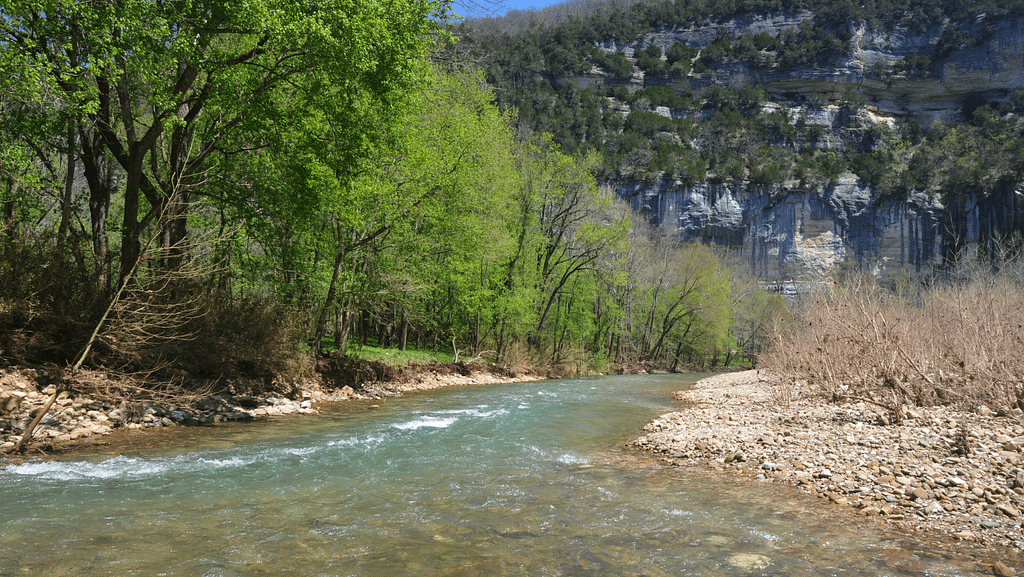
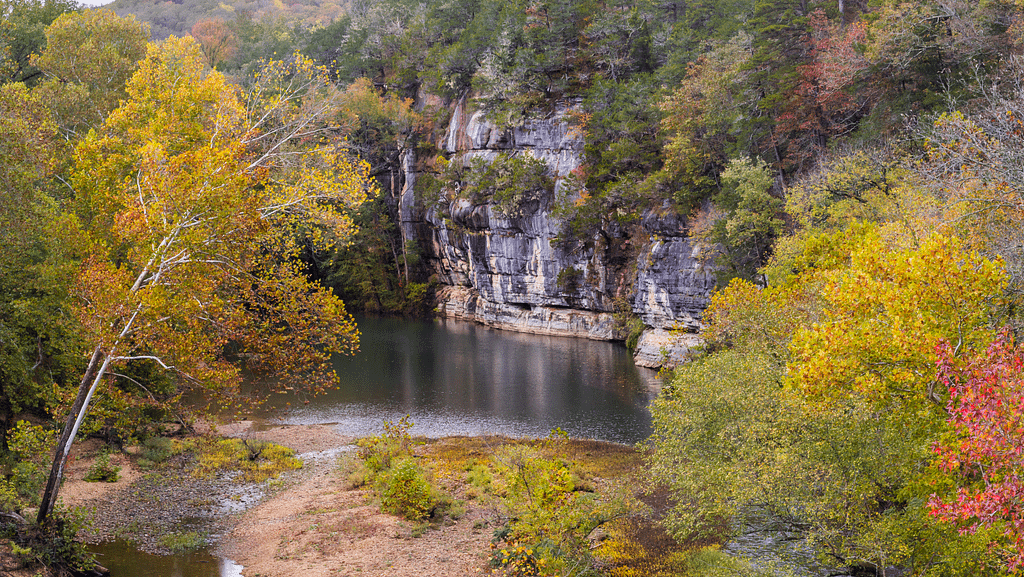
Further downstream, the river winds through the Lower Buffalo Wilderness, an area known for its remote and unspoiled beauty. Here, the river’s clear, cool waters continue to shape the landscape, nurturing lush vegetation and supporting a rich biodiversity. The river’s journey through northern Arkansas culminates as it approaches the town of Buffalo City, where it eventually merges with the White River. Throughout its course, the Buffalo National River remains a testament to the power of nature and the importance of conservation, offering a glimpse into the timeless beauty of the Ozarks.
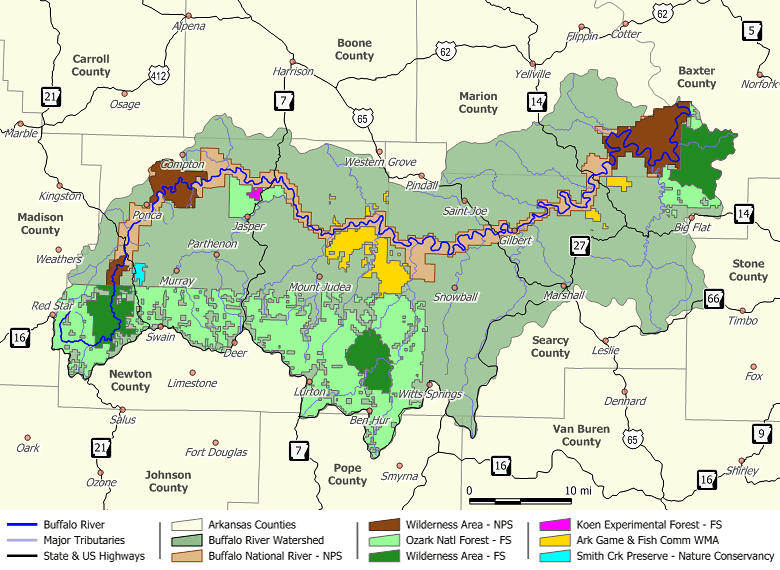
Buffalo National River – Lower and Upper Sections
In managing the lower sections of the Buffalo National River, the National Park Service (NPS) plays a crucial role. They ensure the preservation of the river’s pristine headwaters in the Boston Mountains by implementing strict regulations. These measures protect water quality and native species while addressing potential threats like pollution or erosion. Rangers and environmental scientists regularly monitor these areas, conducting assessments and adjustments as needed. Additionally, the NPS offers educational programs that promote environmental stewardship, fostering a sense of responsibility among visitors and encouraging sustainable recreation practices.
Transitioning to the upper section, the U.S. Forest Service collaborates with the NPS to oversee the broader ecosystem. The Forest Service focuses on maintaining the surrounding landscapes of the Ozark National Forest, supporting habitat restoration projects and controlling invasive species. Their efforts also include promoting sustainable tourism and coordinating with local communities to enhance infrastructure and amenities. By working together, both agencies ensure the river’s health and resilience, from its headwaters to its confluence with the White River, embodying a comprehensive and successful conservation strategy.
Buffalo National River – International Dark Sky Park
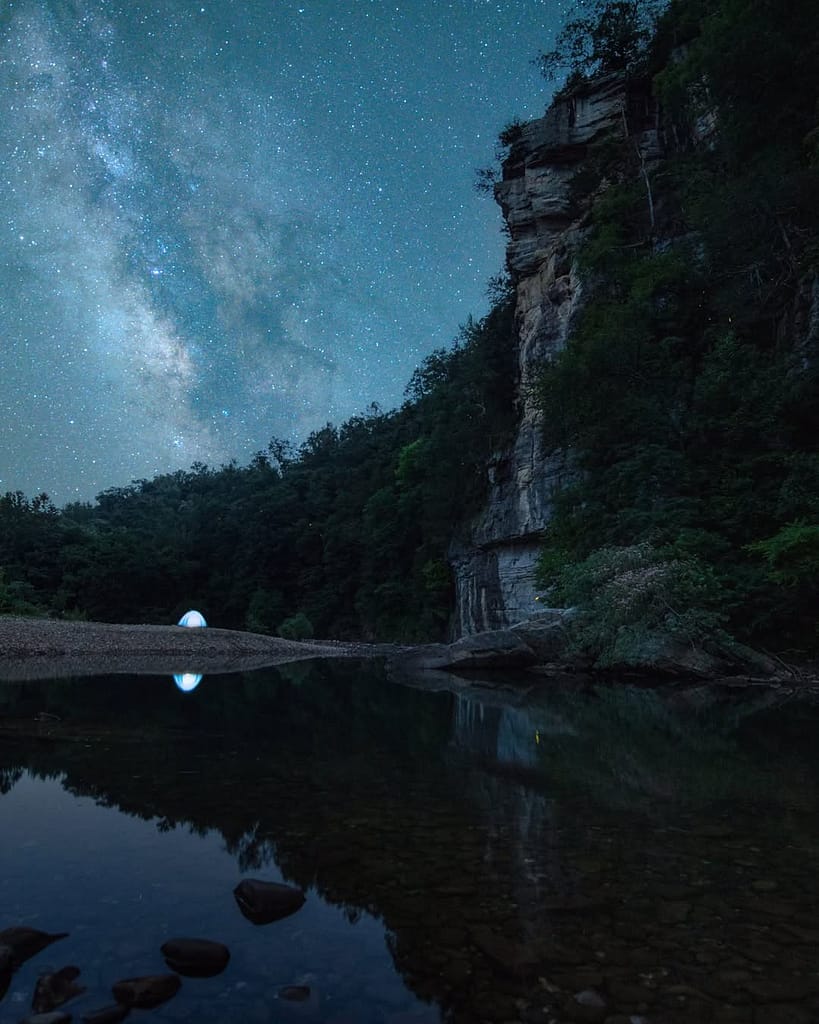
The Buffalo National River achieved its designation as an International Dark Sky Park through a concerted effort to preserve its natural nightscape and minimize light pollution. In collaboration with the International Dark-Sky Association (IDA), park officials conducted extensive assessments of the area’s nighttime environment. They identified existing sources of artificial light and implemented measures to reduce their impact, such as retrofitting outdoor lighting and educating nearby communities on responsible lighting practices. Over time, these initiatives significantly enhanced the quality of the night sky, making the park an exemplary location for stargazing and nocturnal wildlife preservation.
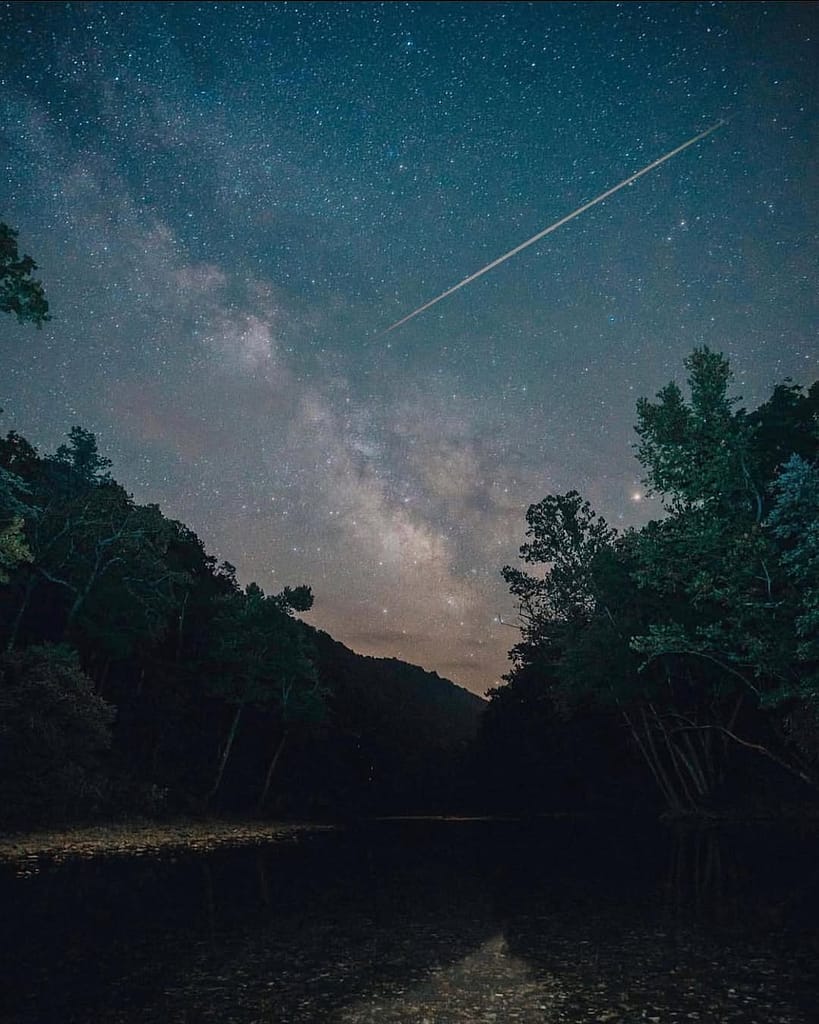
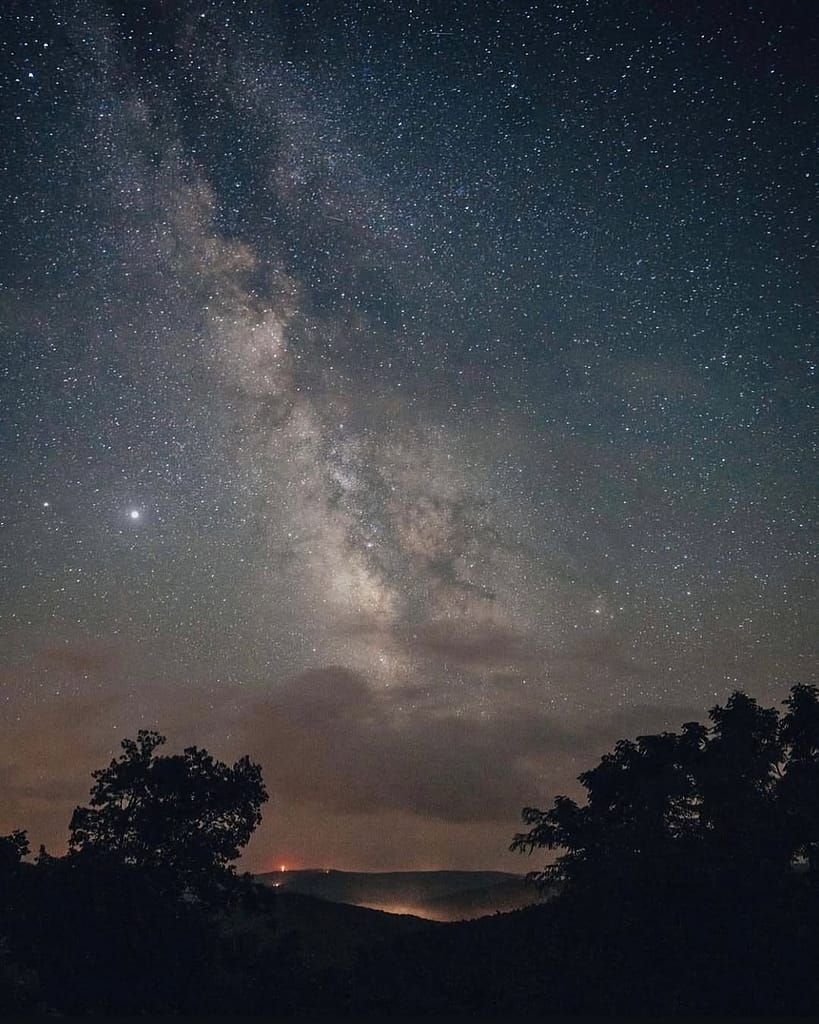
This achievement also depended on public involvement and advocacy. Local organizations, volunteers, and residents actively supported the park’s dark-sky efforts by participating in night sky events and embracing environmentally-friendly lighting practices. The IDA recognized these collective efforts and, after reviewing the park’s application, granted it International Dark Sky Park status. Today, the Buffalo National River stands as a testament to the power of community-driven conservation, offering visitors an awe-inspiring view of the cosmos while protecting the natural habitat for nocturnal species. This designation has further solidified the park’s reputation as a haven for both nature enthusiasts and astronomy lovers.
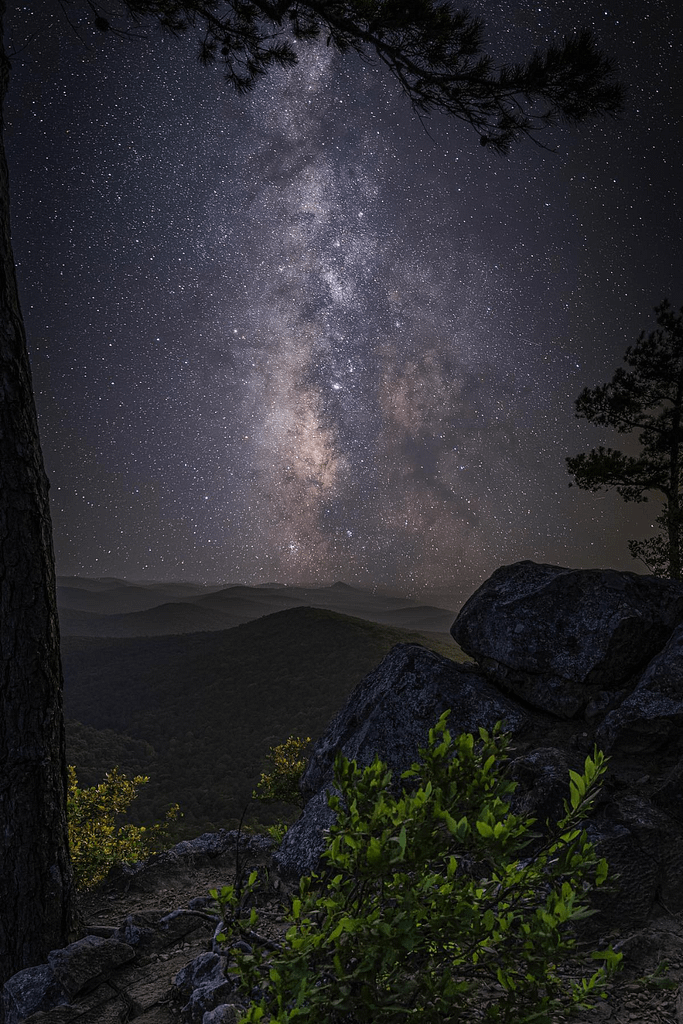
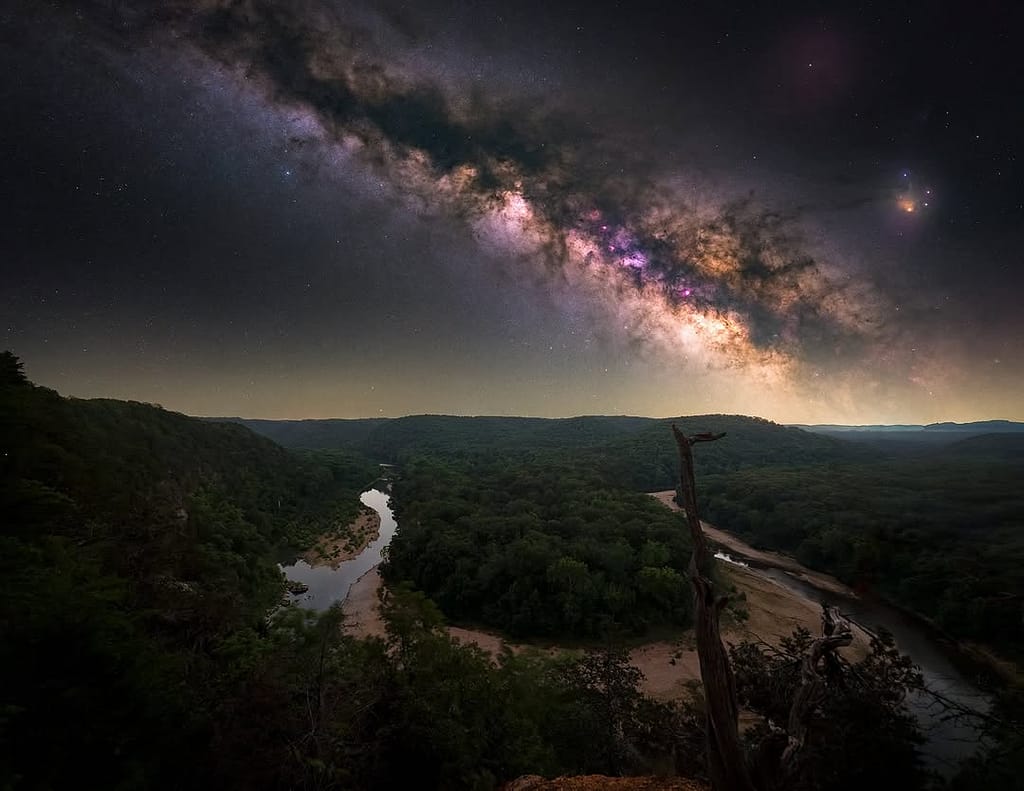
Buffalo National River Wilderness Areas
The Buffalo National River is home to several distinct wilderness areas, each offering its own unique landscapes and opportunities for exploration. The Ponca Wilderness, located near the river’s upper reaches, captivates visitors with its rugged terrain, steep bluffs, and dense forests. Hikers flock to this area to traverse trails like the Hemmed-In-Hollow Trail, which leads to the tallest waterfall in Arkansas. Meanwhile, wildlife thrives within the Ponca Wilderness, as it provides a sanctuary for black bears, white-tailed deer, and a variety of bird species.
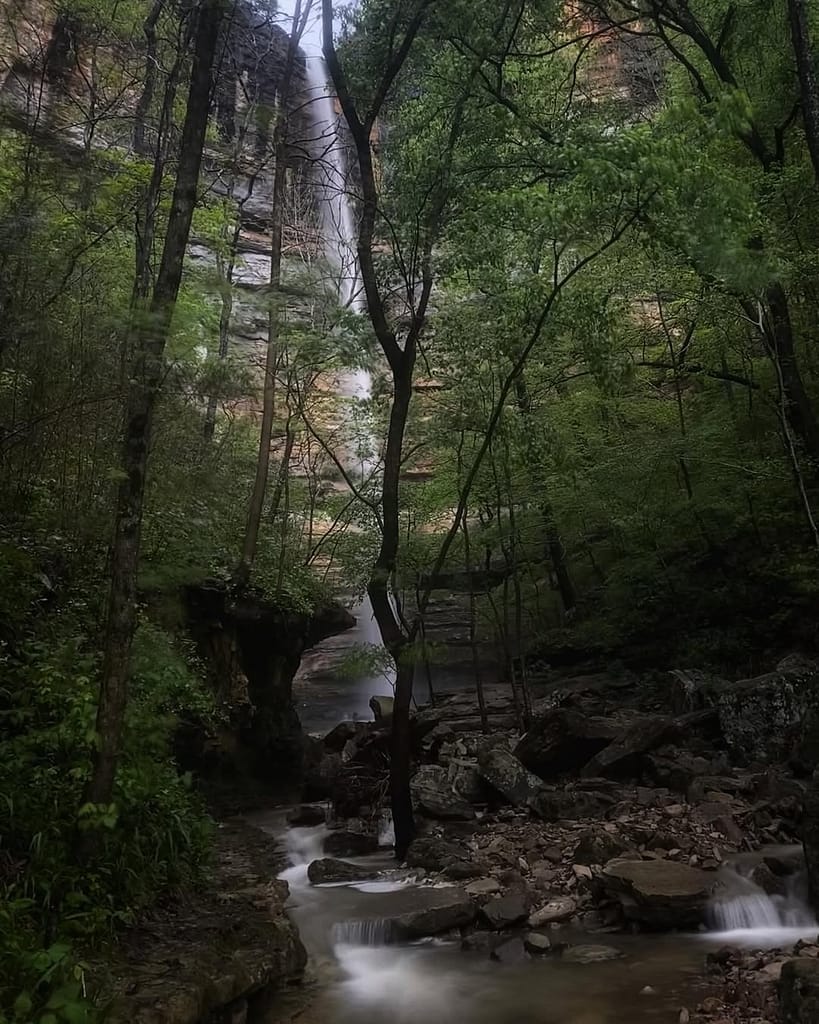
Photo by Amber Boatman
Moving to the middle section of the river, the Upper Buffalo Wilderness showcases a more serene environment, with gentle streams and quiet hollows nestled between rolling hills. This area attracts adventurers seeking solitude and scenic beauty, as its remote location ensures a tranquil experience. Kayakers and canoeists often paddle through this wilderness during high water levels, immersing themselves in the unspoiled natural surroundings. Additionally, the Upper Buffalo Wilderness boasts historical significance, with remnants of early settlements dotting its landscape.
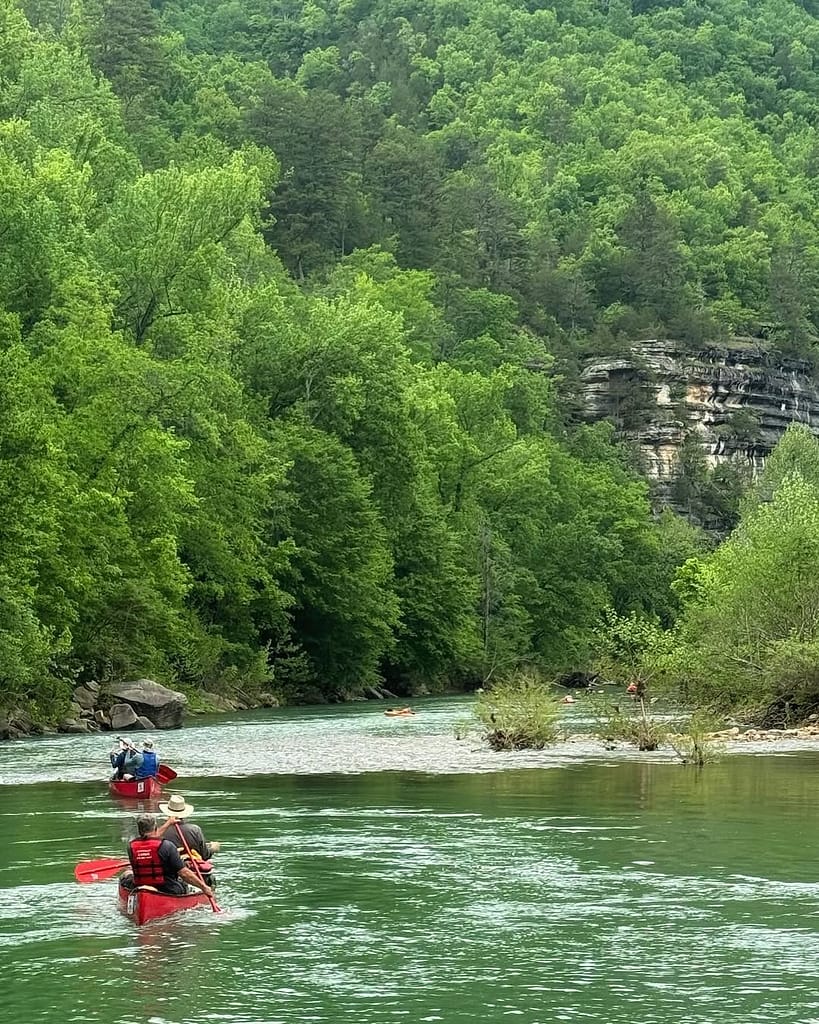
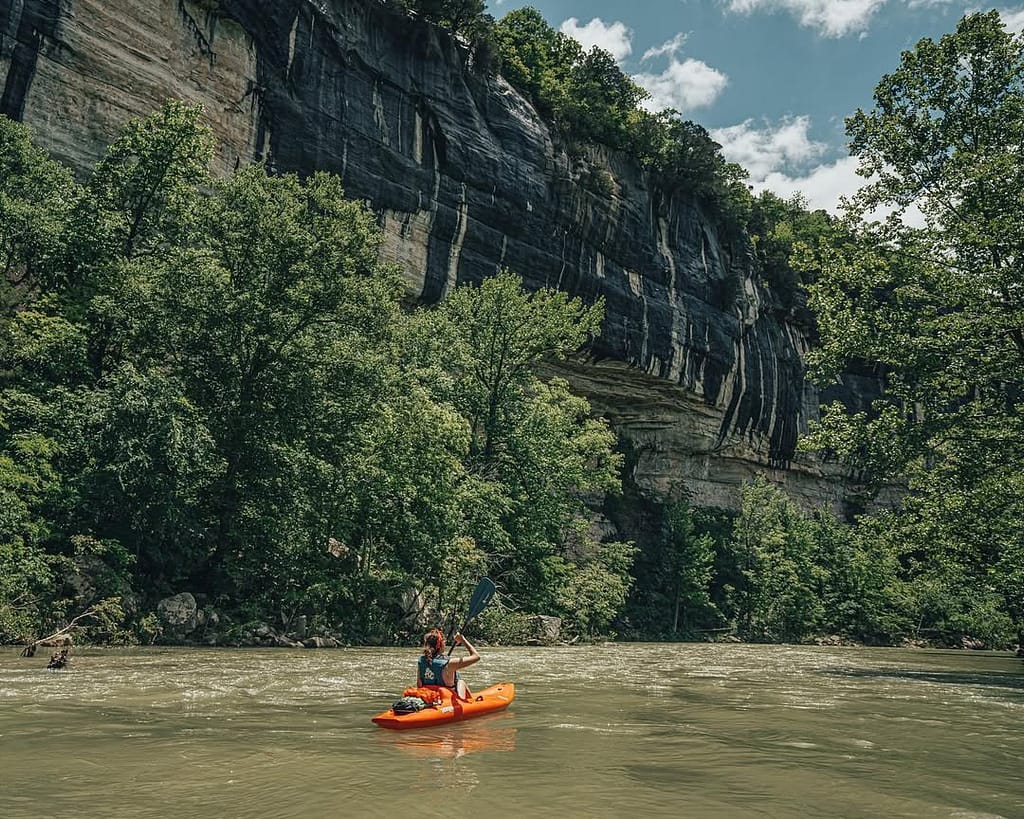
Further downstream, the Lower Buffalo Wilderness embodies a wilder, more remote character. Its vast expanse of woodlands and secluded valleys serves as a haven for those seeking to disconnect from the modern world. The Lower Buffalo Wilderness adjoins the Leatherwood Wilderness of the Ozark – St. Francis National Forest creating the largest wilderness area within the Ozark and Ouchita Highlands. The area’s trail wind through diverse ecosystems and provide access to hidden vistas and clear-running streams. Together, these wilderness areas form a mosaic of natural beauty, adventure, and conservation along the Buffalo National River.
Buffalo National River Activities
A person can embark on a thrilling adventure at the Buffalo National River, where opportunities for exploration and excitement abound. As you paddle down the river, you will navigate past towering bluffs and serene, wooded landscapes, perfect for soaking in the natural beauty. Fishing enthusiasts can cast their lines into the clear, cool waters, eager to reel in smallmouth bass and other native fish. In addition, hikers will find a network of trails, leading them to breathtaking viewpoints and hidden waterfalls, providing a perfect backdrop for a day spent in nature.
Moreover, camping under the starlit skies offers a memorable experience for those who wish to immerse themselves fully in the wilderness. You can set up your tent along the riverbanks, listen to the gentle flow of the water, and enjoy the tranquility of the great outdoors. Wildlife enthusiasts will delight in spotting deer, birds, and other creatures that call this area home. Meanwhile, horseback riding trails provide another exciting way to traverse the diverse terrain, ensuring that there is something for everyone at the Buffalo National River.
Buffalo River Featured Outfitter
The Buffalo Outdoor Center offers a wide range of exhilarating outdoor recreation activities at the Buffalo National River. You can embark on a thrilling zip line canopy tour, gliding through the treetops and taking in stunning views of the river below. Additionally, the center provides guided canoe, kayak, and rafting trips, allowing you to explore the river’s pristine waters and picturesque surroundings. For those who prefer land-based adventures, you can enjoy scenic hiking and mountain biking trails that wind through the rugged terrain. Moreover, the Buffalo Outdoor Center offers cozy cabin rentals, ensuring you have a comfortable place to relax after a day of adventure. With these diverse activities, the Buffalo Outdoor Center ensures an unforgettable experience for every nature enthusiast.
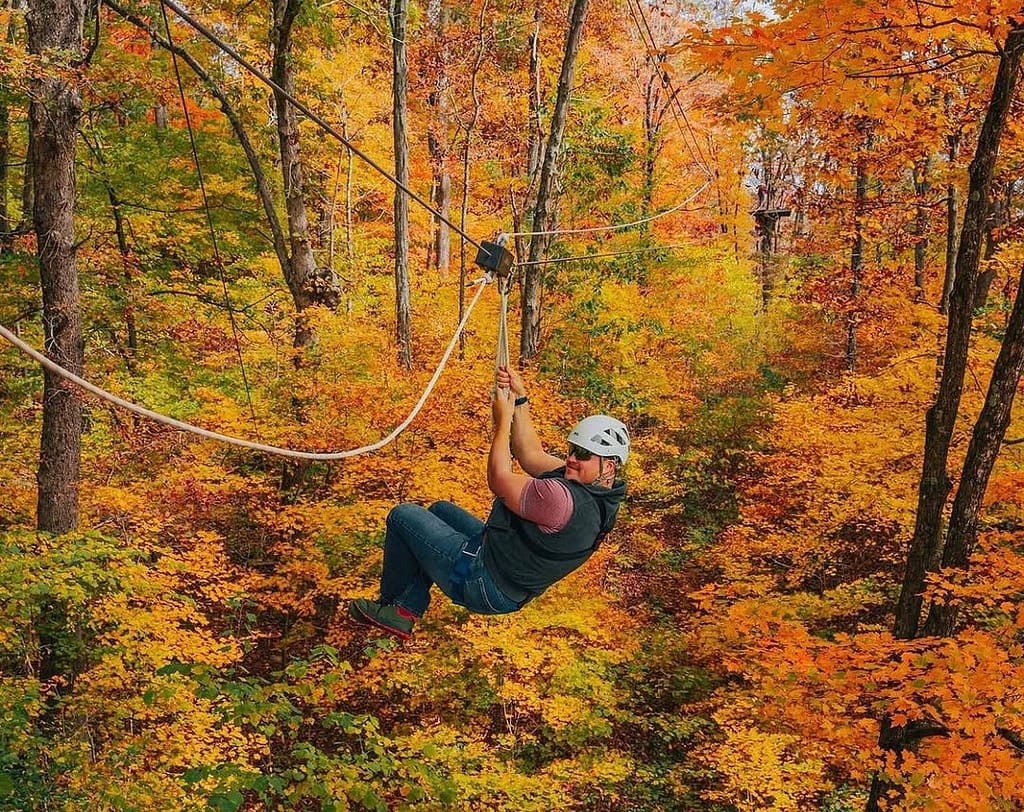
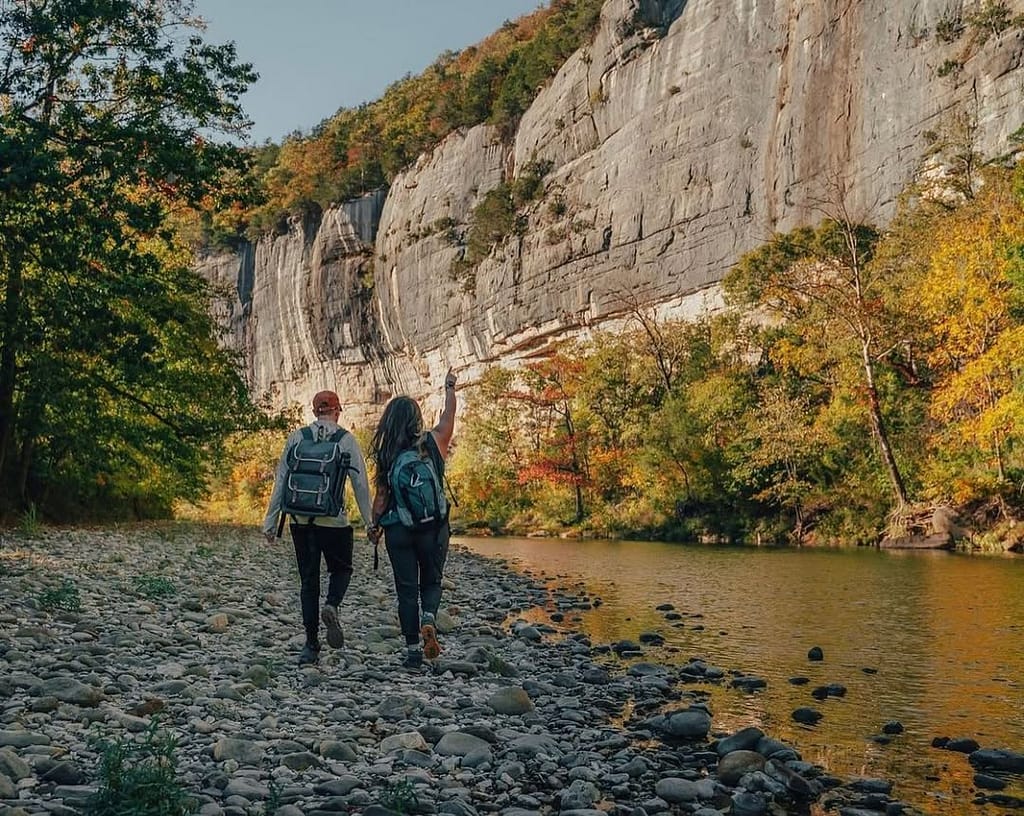
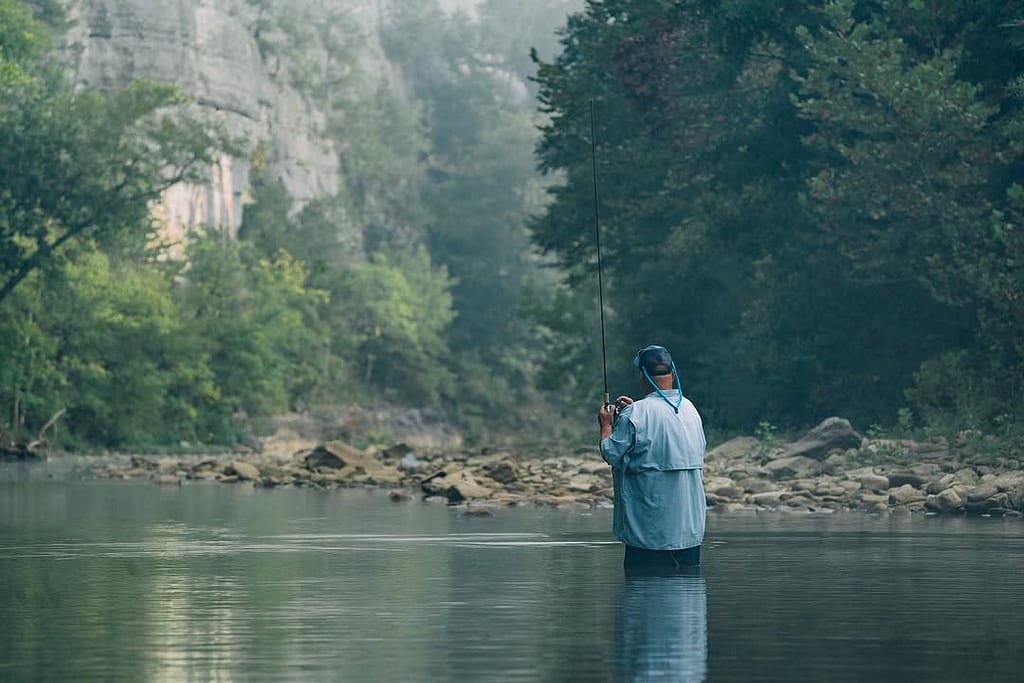
Featured Links
We extend our heartfelt gratitude to the many influencers and businesses who share their stunning photos and captivating experiences on the Buffalo National River. Your contributions play a vital role in showcasing the natural beauty and unique charm of this incredible destination. As you post breathtaking images and engaging stories, you inspire countless individuals to explore and appreciate the wonders of the Buffalo National River. Furthermore, your efforts help promote environmental stewardship and support local communities, making a positive impact on both visitors and residents alike. With your continued support and enthusiasm, we can ensure that the magic of the Buffalo National River reaches even more people around the world. Here are but a few to follow on social media:
- Buffalo Outdoor Center
- Brennen Nicole Photography
- Erik Stinnett
- Amber Boatman
- Lost Valley Canoe and Lodging
Don’t miss out on the adventure of a lifetime! By clicking on the links provided, you can easily plan your trip to the Buffalo National River. Whether you’re looking for guided tours, equipment rentals, or cozy accommodations, you’ll find all the information you need to make your visit unforgettable. Start exploring now and experience the natural beauty and excitement that awaits you at the Buffalo National River.

